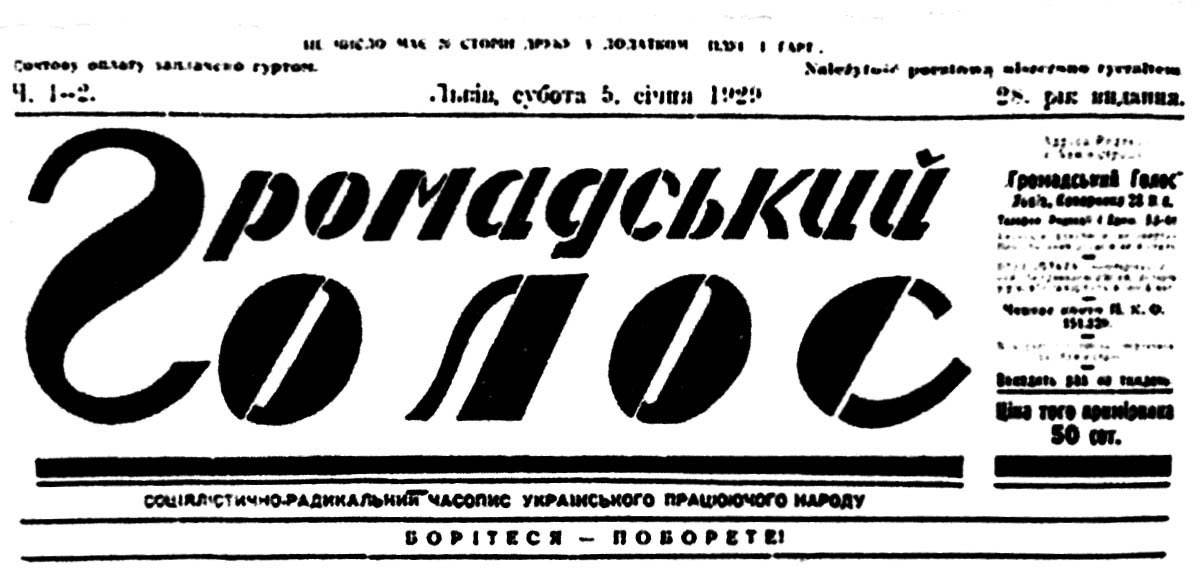In 1890, after years of preliminary work and agitation in the countryside, Ukrainian socialists gathered enough support and experience to found their own party. The name was an appropriated pejorative. Described as “dangerous Radicals”, future party members thought that the name — Radicals, suits them. It is exactly what a party would be: a radical project of national, political, social change.
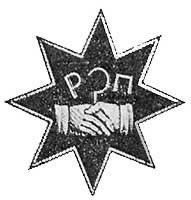
Party was founded between the two major forces of Galician Politics notwithstanding Polish chauvinism, politics of “historic Poland” and movement centralization, Radicals didn’t feel at home in a Polish Socialist movement. However, passivity, moderation and clericalism of the majority of Ukrainian populist (also known as Ukrainophile) movement, a national-progressive force in Galician politics, was too wide and indecisive for Radicals. Radicals blamed populists of conservatism, lack of attention to social problems of peasants and workers, too strong connection to the Greek-Catholic and Catholic Churches, etc.
Populists then replied to the Radicals, that their minimum program is nearly identical to the program of the populists; that their anti-clericalism was too aggressive; that socialism is too foreign for Ukrainian peasants. Both of the sides of the debates had some parts of truth in what they were saying. However what positively differed Radicals from other parts of Ukrainian populist movement was consistency. Both in terms of more narrower ideological platform and in better organized, regular work
The same year Radical Party was formed, part of the populists decided to enter a compromise with Polish-Austrian elites. For permission to open co-operative “Dnister”, Ukrainian faculty in Lviv University and a number of Ukrainian schools, Ukrainian representatives promised loyalty.
The politics of compromise were nicknamed “New Era” as “New Era in relations between Polish and Ukrainian nations”. Populists who went on compromise faced severe backlash, and the biggest critics were the Radicals. During the crisis of Ukrainian politics connected with populist approach, the Radical party grew rapidly. Soon, it developed into the dominant force of Ukrainian politics.
What was the Radical party?
Radical Party was a party of ethical socialism, which put an emphasis on national liberation, education, cooperative and democratic development. Realization of its program party found in what they described as “federal” or “communal” principle. It is a principle of self-organization of communities, cooperatives, self-help, women, youth, labour and peasant organizations, cultural activities and institutions from the ground up — building a network of loosely connected organizations and movements that improve the lives of the people, promote national consciousness and cooperation. In that way the party wasn’t built as an electoral machine, but more of an organization for self-defense against oppressions and adversities. It doesn’t mean that the party wasn't an electoral force, but that elections were “one of the”, and not “the” activity of the party.
The Radical Party was a party of poets. A party consisting mainly of peasants and labor intelligentsia (mostly rural teachers) built itself as a powerful intellectual force. Nearly all the most famous Western Ukrainian poets and writers were Radicals. Ivan Franko, Natalya Kobrynska, Osyp Nazarchuk, Les’ Martovych, Vasyl Stefanyk, Evhenia Yaroshynska, Osyp Makovey, Denys Lukianovych and many more.
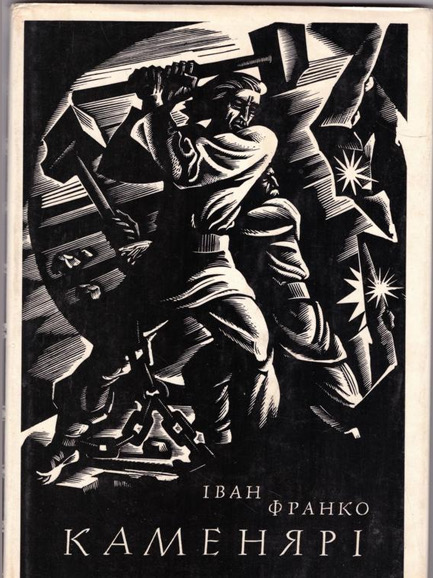
It was a party of cooperative organizers, economists, poets and writers, historians, lawyers, teachers, a party of many talents, while still being a peasant party. It was the highest achievement of the Radical Party that it was a party of enlightenment. It also never was a party of constant opposition and populist critique. Precisely as a party of positive action, that didn’t wait for the elections to change society for the better, it knew what needs to be done, from the minimum demands and to the vision of maximalist reforms.
It was a party of feminism. Not only did the party programmatically declared the need for equality between the genders, it was the party where women actively challenged both the non-universal male point of view on the world inside the party as well as the patriarchal order of Galicia. It is hard to separate a Radical women’s movement from the general movement, as partisan women together with sympathetic non-partisan women activists and organizers built it together. Women organized their separate conferences so that they could establish an independent position of their sex, as well as grew massive women peasant organizations.
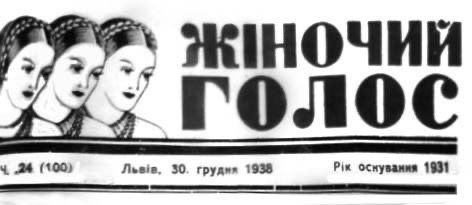
Olha Franko, Anna Pavlyk, Sophia Okunevska, from later party generation Ivanna Blazhkevych, Franka Stahova, non-partisan party supporters Solomiya Kryshelnytskaya, Olha Kobylyanska, Olena Pchilka, Lesya Ukrainka and many more.
It was a party of youth. Founded in 1900 by Kyrylo Trylovskyi “Sich” movement united thousands of peasants for fire-fighting, cultural and craft activities. Sich acted as a highly democratic youth movement of peasant self-help, as well as organizers of festivals and activities that filled the life of Ukrainian villages with color. Starting as fire-fighting movement, it allowed “Sich” to organize proto-military trainings with axes, that in future made the ground for the Sich Riflemen, a volunteer unit that played a crucial role in the Ukrainian Revolution. Most of its existence, Sich movement was associated with Socialist-Radical movement, however closer to WWI it was expanded to become a non-partisan movement.
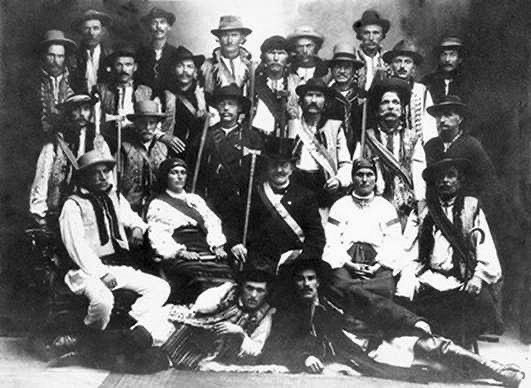
Later, Socialist-Radicals found Ukrainian pioneer organization “Plast”, and a party-youth in a similar spirit to Sich, “Kameniyari”
In 1895 the party became the first one to adopt the program of Ukrainian Independence and Unity. This programmatic change was spearheaded by Budzinovskyi and Y. Bachynskyi. Later, wrote a book “Ukraine Irredenta” where he laid down arguments for Ukrainian Independence based on Marxist theory. Idea of Ukrainian independence, quite a radical concept, was logically, first adopted by the Radical Party, and first, coming from a mostly Marxist faction, was widely accepted by all the members.
The same year, the party had its first split. After a conflict between the followers of ethical (or how it also was called, federal) socialism and German socialism ( supporters of SPD and SDAPÖ and their leading theoretics such as Marx, Lassaille, Babel, Kautsky, Bauer, Adler) from the latter Ukrainian Social-Democratic Party was formed.
In 1898 from the Radical Party splitted the moderate wing, forming the center-left Ukrainian National Democratic Party. UNDP united with populists and together become the dominant political party in the Western Ukraine. The National-Democratic split finally finished years of political development into stable party system: National-Democratic, Radical and Social-Democratic parties, from the most to the least popular, were the cornerstone of Western Ukrainian politics.
Theoretically the party always favored a parliamentary system of governance and cooperative economy, where there are no “bosses” who get most of the profits and benefits from the collective work. Instead, it favored democratic organization of enterprises in the social market economy. Party always paid attention to human rights, even when it meant to oppose something that seemed as more classic socialist demands.
Radical party was the second most influential party during Western Ukrainian People’s Republic, and later took the role of opposing both Polish and Soviet occupation.
It always had a strong anti-bolshevik position, never compromising Ukrainian democracy and Independence.
Party was disbanded with the Soviet occupation of Western Ukraine in 1939 for safety reasons. Later members took part on individual basis in different Ukrainian governments and movements: Ukrainian People’s Republic in exile, Ukrainian State (1941), Ukrainian Insurgency Armies, and in 1950 gathered with other members of Ukrainian socialist parties to form a unified Ukrainian Socialist Party.
